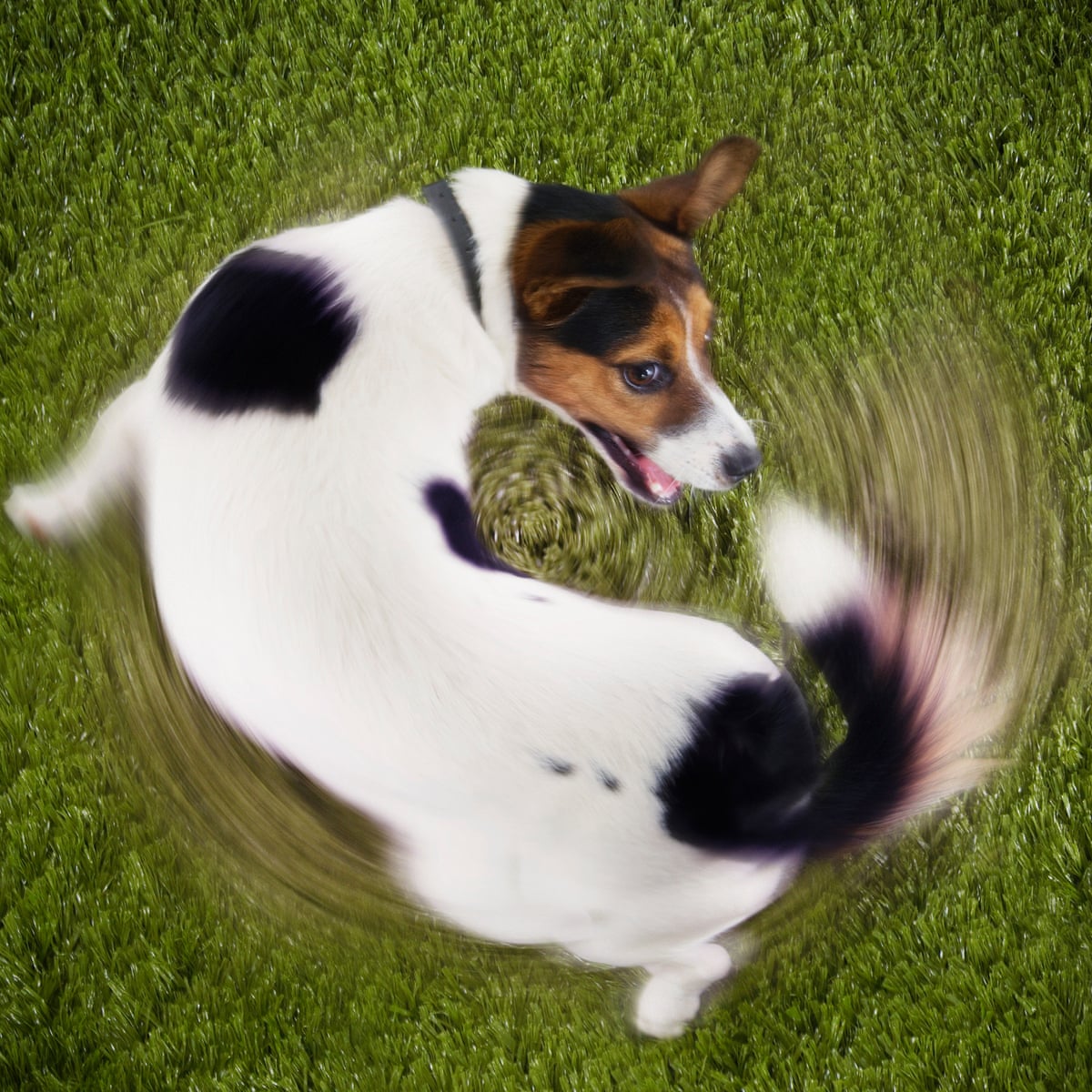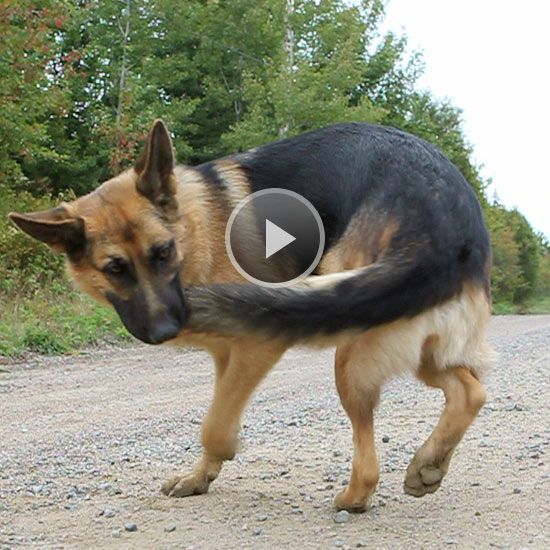
This is especially common in. But this explanation misses the far more fundamental point that such a dog is responding reflexively to a fundamental paradox of its hardware and which motivates it to connect with those things in its.

While dogs are more likely to sit down and try to contort their body in a way to reach the itchy spot they may try chasing their tail at first.
Why do old dogs chase their tails. Obsessive chasing could be due to a brain abnormality akin to seizure-like activity. Other reasons could be a painful area where a tail was docked an infection or. Why Do Dogs Chase Their Tails.
Here are a few of the most common reasons why dogs chase their tails. Theyre having fun and being silly. This is especially common in.
Fleas and ticks are common reasons that your dog might chase their tail and biting their back end. The pesty parasites can cause irritation to the base of your dogs tail causing them to seem like they are chasing their tail when really they are just trying to bite their back end. Making sure that your dog is up to date on their flea and tick medications will help keep these bugs off your pouch.
Well puppies chase their tails because they are innocent and stupid but there are a lot of older dogs as well that tend to bite and chew their own tail. This is mostly because as a canine starts to age his mental awareness and sharpness begin to decrease. And due to this he starts to get into more repetitive behaviors and activities such as spinning barking at the wall or sometimes nothing and chasing his own tail.
Dogs may also chase their tails when they are infested with intestinal parasites like tape worms that migrate out the rectum. Tail-chasing can also occur when the dog itches around the rear-end due to fleas or food allergies. In addition discomfort in the tail area due to impacted anal glands or neurological problems affecting this area often cause dogs to nip at their tails.
Oftentimes dogs will chase their tails because they are a bit bored. Its a way for them to have fun and expend some energy. This is especially true for puppies who may not even realize that their tail is actually a part of their body but see it as a toy.
An obsessive dog suffering from separation anxiety may chase his tail to help calm himself while his owner is gone. Or your dog may chase his tail when he feels overcome with anxiety when a stranger approaches the house or during a loud thunderstorm. So a behaviorist would say that a dog chases its tail because the tail is moving and the canine prey instinct evolved to reflexively chase that which moves especially when bored.
But this explanation misses the far more fundamental point that such a dog is responding reflexively to a fundamental paradox of its hardware and which motivates it to connect with those things in its. A dog that has an itchy tail from parasites such as fleas or ticks might be more likely to chase their tail in an effort chew on the itchy spot. While dogs are more likely to sit down and try to contort their body in a way to reach the itchy spot they may try chasing their tail at first.
If you notice your dog trying to chew on their tail youll want to check for any signs of parasites. But why do dogs chase their tails. Surely this attitude will have made you smile and think of funny behavior or a kind of game played by the quadruped.
It can be fun to see a dog chasing its tail and is usually harmless especially in puppies. But sometimes thats not a laughing matter. While a brief episode of tail chasing is normal for most dogs there could be a bigger problem if the.
For some dog breeds such as Bull Terriers Dobermans German Shepherds tail chasing is much more than just a good way to kill 5 minutes inside when its raining. These breeds are known for them to have a genetic predisposition to chase their tails. For these breeds tail chasing is a way of life not a lifestyle choice.
They Could Be Bored. Most experts think that dogs chase their tails also known as whirling for multiple reasons including boredom hyperactivity litter experience and the desire for attention. Other theories assert that the activity comes from the prey drive stress discomfort medical problems or genetics.
While most tail chasing stops as a puppy gets older many adult dogs continue this practice sometimes just to get attention and sometimes just to pass the time. Even though tail chasing can be entertaining for all involved at times you may want to distract your dog from this behavior by offering her a ball or a Frisbee to chase every so often. According to the book Why Dogs Do That.
At times older dogs might chase their tails for no particular reason other than that theyve been confined too long indoors. Some of the reasons for tail chasing include medical issues cognitive disorders playfulness or compulsive behavior. Reasons behind tail chasing are wide-ranging.
Why do dogs chase their tails. Thats another one of those big mysteries in dog kingdom. This is a particularly common behavior in puppies and very active dog.
So if your pup falls into one of those categories youve likely seen him run in circles very frequently. There are actually quite a number of reasons for this behavior. Heres a quick overview.
The most common reason for why. According to Readers Digest dogs often chase their tails for similar reasons though that behavior is probably a bit cuter than your pen-clicking habit. When a dog is stressed looking at you.
According to VCA Mission Animal Referral And Emergency Center older dogs may chase their tails due to a decreased awareness of their bodies. According to the researchers of VCA Mission Animal Referral and Emergency Center old age dogs usually chase their tails. As they are not aware of their body parts.
Old dog minds are not as sharp as they were at a young age. So they try to figure out what is it. They think their tail is chasing them everywhere so they try to catch it.